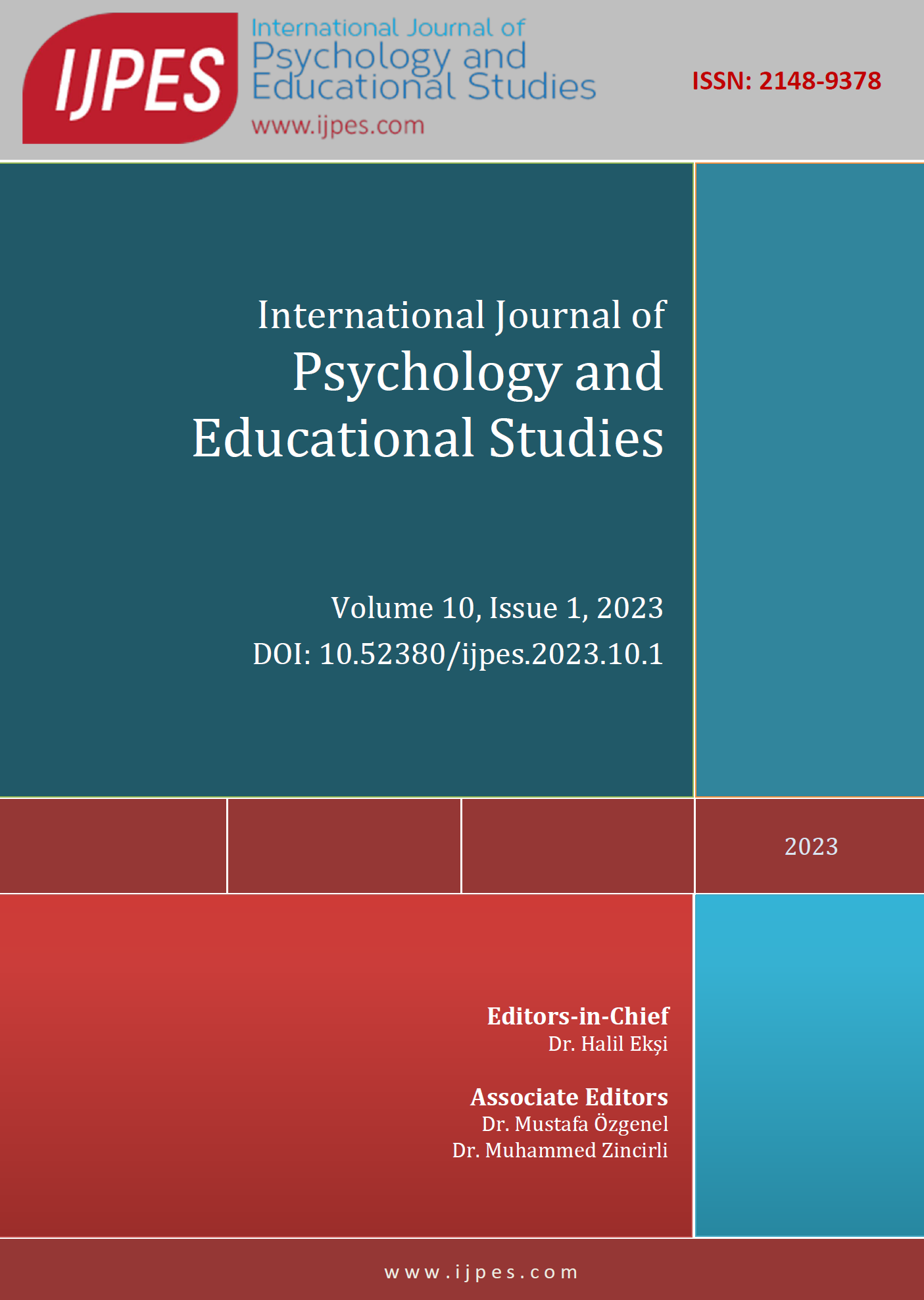Sudden Transition to Online Instruction for ESL Instructors: A Phenomenological Study
DOI:
https://doi.org/10.52380/ijpes.2023.10.1.967Keywords:
accessibility, asynchronous, collaboration, COVID-19, distance learning, outbreak, pandemic, synchronous, transitionAbstract
In March of 2020, educational institutions worldwide experienced mass school closures mandated to prevent the spread of COVID-19 as part of public health efforts. Millions of educators and students around the world began to teach and study through distance education. In order to deliver high-quality instruction, educators were required to adapt to remote teaching tools and methodologies in a short amount of time. The majority of college instructors who teach remotely at community colleges had not received training prior to the online teaching transition. The purpose of this phenomenological study was to explore the lived experiences of 15 English as a second language (ESL) instructors who taught at a community college in the northeast section of the United States during and immediately after the COVID-19 pandemic. During the data analysis, critical themes such as strong emotional reactions, technological difficulties, increased workload and exhaustion, teacher-formed learning communities, and learning by trial and error emerged. The contribution of this phenomenological study may benefit higher education administrators and instructors by helping them make informed decisions in case of a sudden transition. The data derived from this study might serve as a guide to schools in similar settings. This information could be shared in workshops and seminars to equip faculty as well as prepare future faculty and staff members. As a result of the study, educational institutions can evaluate their practices to increase the faculty's readiness to teach remotely under emergency conditions.
Downloads
Published
How to Cite
Issue
Section
License
Copyright (c) 2023 International Journal of Psychology and Educational Studies

This work is licensed under a Creative Commons Attribution-NonCommercial-NoDerivatives 4.0 International License.


